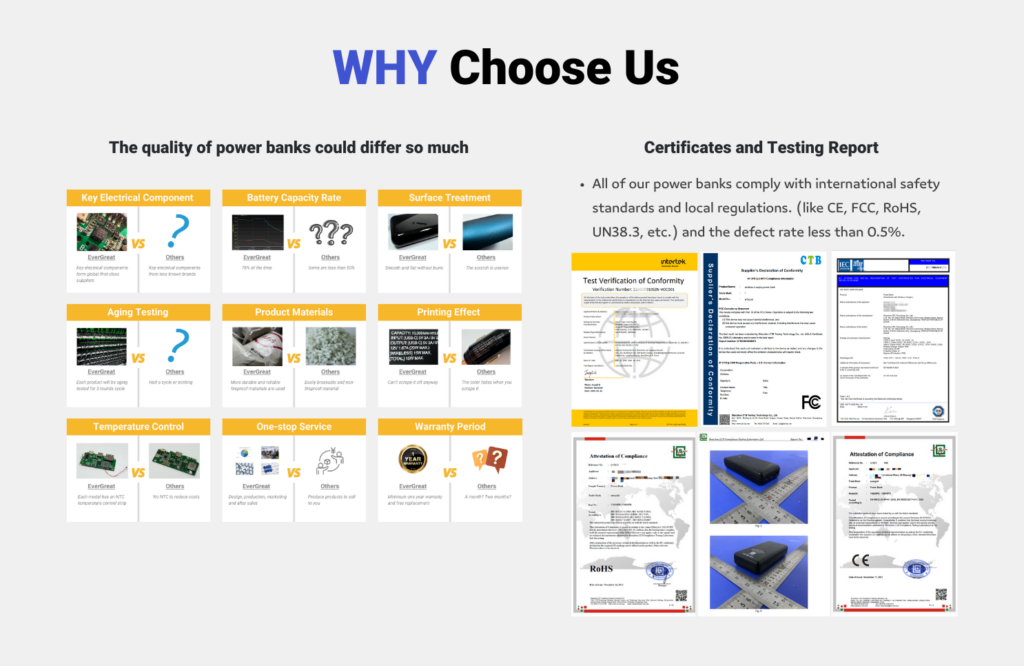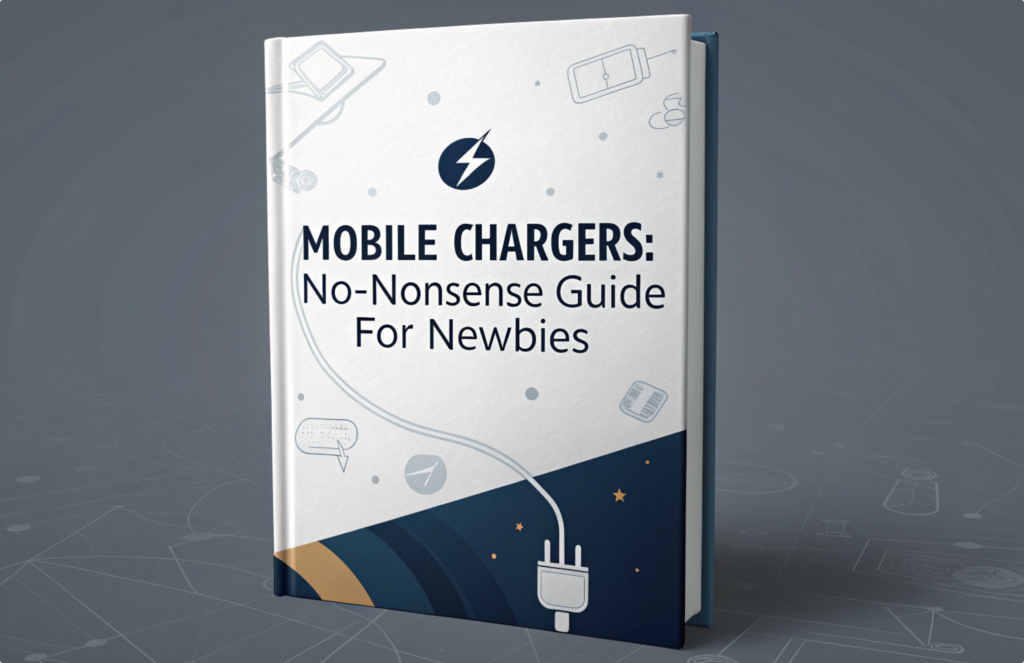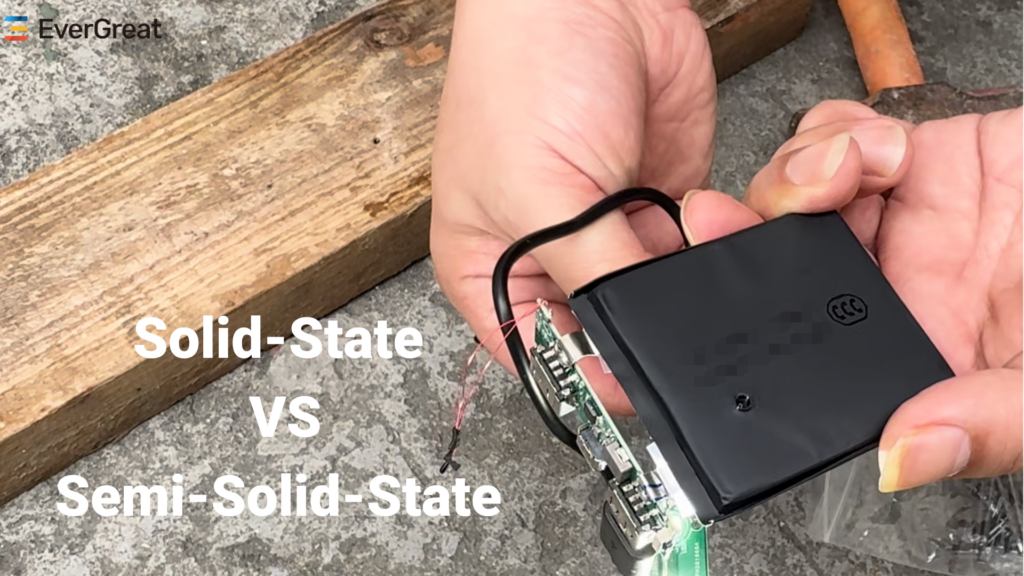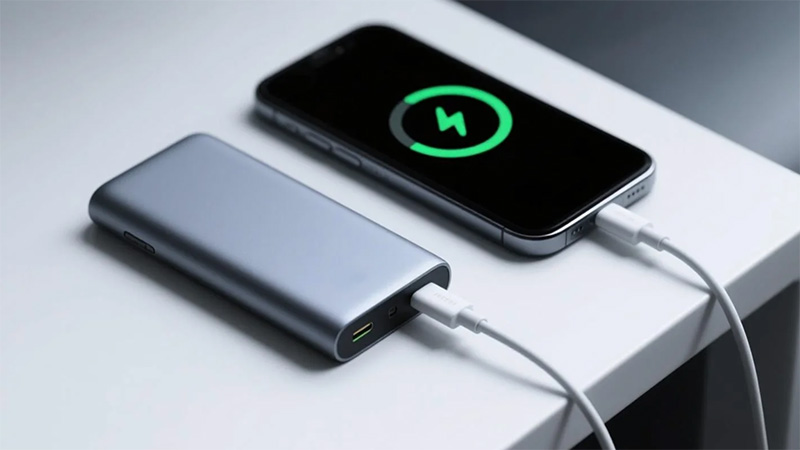Are you worried about counterfeit compliance documents? Many brand owners face big risks from suppliers who provide fake certificates. This problem can lead to legal issues, product recalls, and damage to brand reputation.
The best way to prevent fake certificates is to verify them directly with official issuing bodies. Always make sure the certificates list your company as the official applicant, not the supplier.

Stopping fake certificates is very important. It protects your brand and your customers. As someone who helps many brands with their product development, I have seen the trouble this causes. It is easy to get caught. This guide will show you how to check crucial details, verify labs, and store your documents safely.
What details should you check on CE/FCC files?
Do you trust your supplier’s CE/FCC documents completely? Relying only on their word can be a big mistake. Many brands discover too late that their certificates are not valid.
When checking CE/FCC files, you must confirm the applicant name matches your brand, verify the issuing body, and check the product model numbers. These steps ensure the certificate applies to your specific products.

I always tell my clients at EverGreat that trust needs verification. When we work with brands, we stress the importance of digging into every compliance document. It is not enough to just see a certificate. You need to know it is real and applies to you. For CE and FCC, these are crucial market entry documents. Without correct ones, your products cannot be sold legally. CE marking indicates conformity with health, safety, and environmental protection standards for products sold within the European Economic Area (EEA). FCC certification verifies that the equipment complies with the regulations of the Federal Communications Commission regarding electromagnetic interference. I once helped a startup who thought they had all their documents ready. But when we looked closely, their supplier had simply provided generic certificates. They were not even for the exact product model. This meant delays and extra costs. We had to fix it quickly. This is why a deep check is vital.
Important Fields on CE/FCC Certificates
Every CE or FCC certificate has key pieces of information. You must check each one carefully.
- Applicant/Manufacturer Name: This is the most critical detail. The certificate must show your company’s name as the applicant or manufacturer. If it shows your supplier’s name or a different company, it is not truly your certificate. This means you do not own the compliance. My insight here is clear: valid certificates should list your company as the official applicant/holder, applied and paid for directly by you. Do not use borrowed or generic ones.
- Product Model Number(s): The certificate should clearly list the exact model numbers of the products you are selling. If the numbers do not match perfectly, the certificate is invalid for your goods. Sometimes, a supplier provides a certificate for a similar but not identical product. This is a big problem.
- Standards Applied: Check that the certificate mentions the correct and latest versions of CE or FCC standards. These standards change over time. An outdated standard means an outdated certificate.
- Issuing Body/Laboratory Name: Make a note of the laboratory or certification body that issued the document. You will need this name for further verification.
- Report Number and Date: Each certificate has a unique report number and a date of issue. These details help in official database checks. Always cross-check these.
- Scope of Certification: Understand what the certificate actually covers. Does it include all relevant tests, such as EMC, LVD, and Radio equipment directive for CE, or specific FCC rules for your device?
This detailed check helps you catch fake or irrelevant documents before they cause major issues.
How to verify a test lab’s authenticity online?
Are you sure the lab listed on your supplier’s certificate is real? Many fake certificates use names of non-existent or unaccredited labs. This can put your entire product line at risk.
To verify a test lab’s authenticity, check its accreditation with national or international bodies like ILAC, UKAS, or A2LA. Search their official databases using the lab’s name and accreditation number.

I always advise clients that a certificate is only as good as the lab that issues it. In my work at EverGreat, we have seen cases where suppliers present certificates from labs that are not properly accredited. This is a hidden danger. Official online verification is your best tool here. You need to cross-check every critical certificate, like UN38.3, MSDS, CE, and FCC. Find the issuing authority’s website or database. The copies your supplier gives you must match these official records exactly. For example, if a certificate claims to be from a well-known lab, you should go to that lab’s website and check their issued certificates. Often, you can find a searchable database. I recall one time a supplier gave us a CE certificate. It looked good on the surface. But when we checked the lab’s official portal, that certificate number did not exist. It turned out to be a cleverly forged document. We caught it in time and avoided a massive problem for our client.
Steps to Verify a Lab Online
Verifying a test lab online is a step-by-step process. It makes sure you are dealing with a legitimate entity.
- Identify the Accreditation Body: Most reputable test labs are accredited by a national or international accreditation body. For instance, in the US, labs are often accredited by A2LA or ANAB. In the UK, it is UKAS. Internationally, the International Laboratory Accreditation Cooperation (ILAC) provides a directory of recognized accreditation bodies. Look for the accreditation symbol or number on the certificate. Accreditation bodies like ILAC, UKAS, and A2LA ensure that labs meet specific quality and competence standards. ILAC (International Laboratory Accreditation Cooperation) is an international organization for accreditation bodies operating in accordance with ISO/IEC 17011. UKAS (United Kingdom Accreditation Service) is the national accreditation body for the UK. A2LA (American Association for Laboratory Accreditation) is a non-profit, third-party accreditation body.
- Visit the Accreditation Body’s Website: Go directly to the website of the identified accreditation body. Do not trust links provided by the supplier. Find their official laboratory search or directory.
- Search the Database: Use the lab’s name, accreditation number, or certificate number to search their online database.
- What to look for:
- Does the lab exist in their records?
- Is their accreditation status current and active?
- Does the scope of their accreditation cover the specific tests performed on your product (e.g., electrical safety, EMC testing)?
- Does the certificate number on your document match an entry in their database?
- What to look for:
- Cross-Reference Information: Compare the details found on the accreditation body’s website with the information on the certificate. Every detail, from the lab’s address to its accreditation numbers, should match. Any discrepancy is a red flag.
- Contact the Lab Directly (If Needed): If you still have doubts, or if the database search is inconclusive, consider contacting the test lab directly. Use their official contact information found on their own website, not details from the supplier’s certificate. Ask them to confirm the validity of the certificate in question.
Taking these steps provides strong evidence of a lab’s authenticity. It protects you from dealing with fake documents.
What’s the safest way to store compliance documents?
Do you keep all your crucial compliance documents scattered in emails or random folders? Many brands lose track of vital papers. This makes audits hard and leaves them vulnerable if a recall happens.
The safest way to store compliance documents is to use a centralized, secure digital system with backups. Keep both digital and a physical copy, ensure easy access for audits, and restrict who can edit files.

At EverGreat, I have learned the hard way how important proper document storage is. A good system saves huge headaches later. I remember a client who faced an audit. They spent days, even weeks, trying to gather all their certificates and test reports. Files were on different computers. Some were only in email attachments. It was a mess. This delay cost them money and damaged their relationship with the authorities. From that moment, I knew we needed a better way. Storing documents safely is not just about keeping them. It is about making them accessible, secure, and ready for any situation. You need a system that supports quick retrieval and proves authenticity.
Best Practices for Document Storage
Storing compliance documents well is crucial for your business. It is a long-term strategy.
- Centralized Digital Repository: Create one main location for all your compliance documents. This could be a cloud-based document management system (like Google Drive, SharePoint, Dropbox Business) or a dedicated internal server. Cloud-based document management systems like Google Drive, SharePoint, and Dropbox Business offer features like version control, access control, and searchability.
- Benefits:
- Easy Access: Authorized team members can find files quickly from anywhere.
- Version Control: You can track changes and always know which document is the latest version.
- Searchability: It is easy to find specific documents using keywords.
- Benefits:
- Consistent Naming Convention: Use a clear and logical naming system for all files. For example:
[Product_Model]_CE_Certificate_YYMMDD.pdfor[Product_Name]_FCC_Test_Report_YYMMDD.pdf. This makes finding documents much faster. - Regular Backups: Make sure your digital repository has a robust backup system. This protects against data loss from technical failures or cyberattacks. Store backups in a separate location.
- Access Control and Permissions: Restrict who can view, edit, or delete compliance documents. Only give access to those who truly need it. This protects sensitive information and prevents accidental changes.
- Physical Copies for Key Documents: While digital is great, it is wise to keep physical copies of the most critical certificates in a secure, fireproof location. This provides an extra layer of safety.
- Retention Policy: Understand how long you need to keep compliance documents. Many regulations require documents to be kept for several years after a product is no longer sold. Set up a clear retention schedule.
By following these storage practices, you will always have your documents organized, secure, and ready.
Conclusion
Protecting your brand from fake certificates is very important. Always verify certificates with official sources. Make sure your company is the applicant. This way, you stay safe and compliant.









